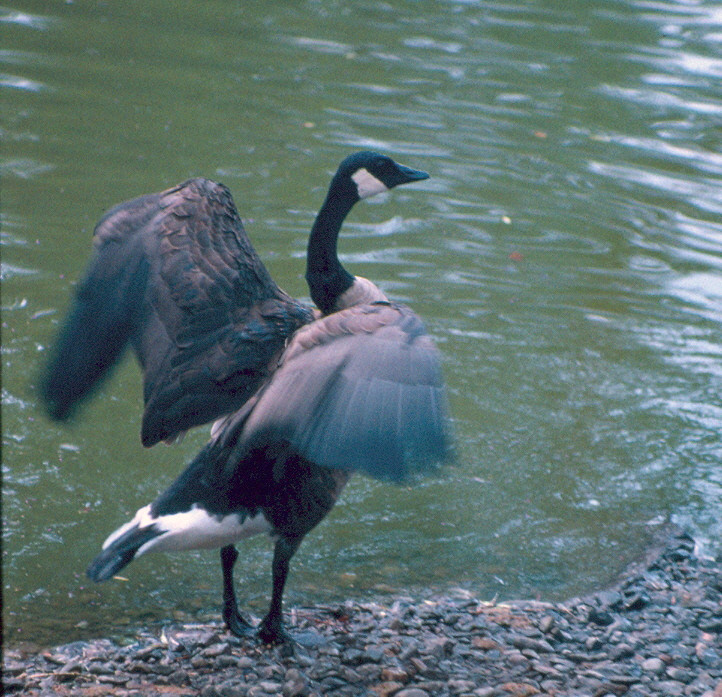Together, We Succeed.
Saint Vincent’s Participation in the 2022 Great Backyard Bird Count

The Great Backyard Bird Count ran from February 18-21, 2022. This is one of many “citizen science” projects that help scientists collect data on animal populations to enable them to detect patterns in animal movement, habitat use and relative abundance. I publicized the event campus-wide and even posted to the Saint Vincent College Biology Department’s Facebook page, which has a lot of alumni followers. Anyone was welcome to participate, and it was fairly easy to do: (1) choose a place to look for birds, (2) be there for 15 minutes or more, (3) record all individuals that you encountered, and (4) submit the data to me for compilation and transmission to the eBird website. To ensure the campus had at least some representation, I required my NSCI-107 Biology of Birds students to participate; and of course, my wife and I also went out looking for birds. It was a beautiful weekend, especially Monday when the temperature got up to 65 degrees!
In sum, 790 individual birds were counted; these represented 40 species; we had 19 participants scattered across 4 counties, including one county in Ohio and three in Pennsylvania. Can you guess the most commonly observed species? Of course, it was the Canada Goose, with a count of 398. Our next highest species counts were, in order: American Robin, Mallard, Ring-billed Gull, American Crow, European Starling, House Sparrow, Lesser Scaup, Northern Cardinal, Mourning Dove and House Finch. Among the less common species, I was pleased to see students found an American Tree Sparrow, a Chipping Sparrow and several Common Grackles, none of which I had found this year. My wife and I found a Turkey Vulture, Northern Harrier, Red-shouldered Hawk and Wood Ducks; these were my first sightings of those species for 2022. The species counts will quickly go up as spring arrives. Keeping track of the bird arrivals is a great way to lift spirits during these trying times of inflation, pandemic and war in Europe.

